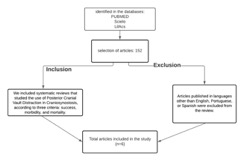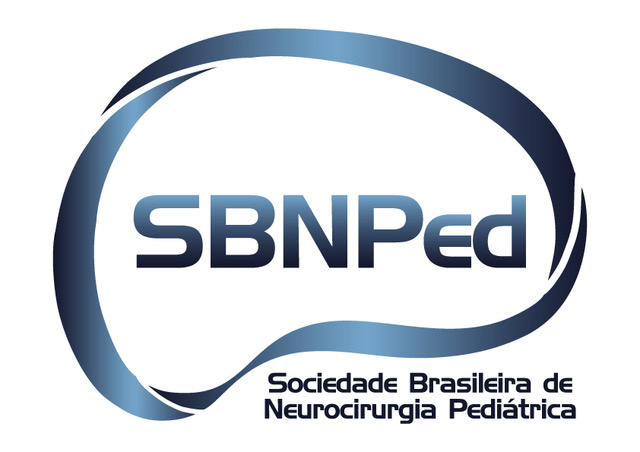Posterior cranial vault distraction osteogenesis: a literature review
DOI:
https://doi.org/10.46900/apn.v6i3.283Keywords:
Craniosynostosis, Posterior cranial vault distraction, Intracranial pressure, Postoperative complicationsAbstract
Introduction:
Craniosynostosis is a congenital condition where one or more cranial sutures close prematurely, limiting skull growth and causing cranial deformities. Posterior cranial vault distraction (PCVD) is used to relieve intracranial pressure and improve cranial aesthetics. Its incidence is about 1 in 2000–2500 live births.
Methods:
This systematic review followed PRISMA guidelines. We searched PubMed, Scielo, and Lilacs for studies on PCVD in craniosynostosis, focusing on success, morbidity, and mortality. Six articles were included in the final review. Data were extracted and risk of bias was assessed using the ROBINS-I tool.
Results:
The included studies reported significant increases in intracranial volume (144 mL to 281 mL) post-PCVD. Most patients showed stable results without recurrence. Complications included wound infection (29%) and cerebrospinal fluid leaks, though few required re-operations. PCVD improved intracranial pressure symptoms in most cases.
Conclusion:
PCVD is an effective technique for treating craniosynostosis, increasing intracranial volume and improving symptoms of intracranial hypertension. Despite some complications, it remains a reliable and stable alternative for cranial expansion.
Downloads

Additional Files
Published
How to Cite
Issue
Section
Categories
License
Copyright (c) 2024 Aline Rabelo Rodrigues, Izabella Rocha Lobo , Sillas Bezerra da Silva, Mariana Tainá Oliveira de Freitas, Monique Benemérita Vilela Gomes, Ricardo Santos de Oliveira, Matheus Ballestero

This work is licensed under a Creative Commons Attribution 4.0 International License.

When publishing in Archives of Pediatric Neurosurgery journal, authors retain the copyright of their article and agree to license their work using a Creative Commons Attribution 4.0 International Public License (CC BY 4.0), thereby accepting the terms and conditions of this license (https://creativecommons.org/licenses/by/4.0/legalcode).
The CC BY 4.0 license terms applies to both readers and the publisher and allows them to: share (copy and redistribute in any medium or format) and adapt (remix, transform, and build upon) the article for any purpose, even commercially, provided that appropriate credit is given to the authors and the journal in which the article was published.
Authors grant Archives of Pediatric Neurosurgery the right to first publish the article and identify itself as the original publisher. Under the terms of the CC BY 4.0 license, authors allow the journal to distribute the article in third party databases, as long as its original authors and citation details are identified.





























